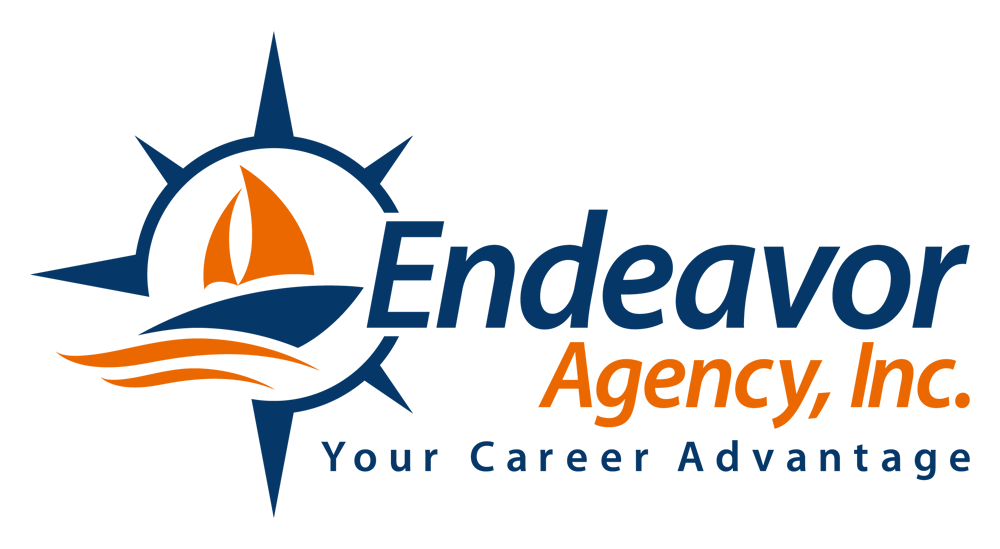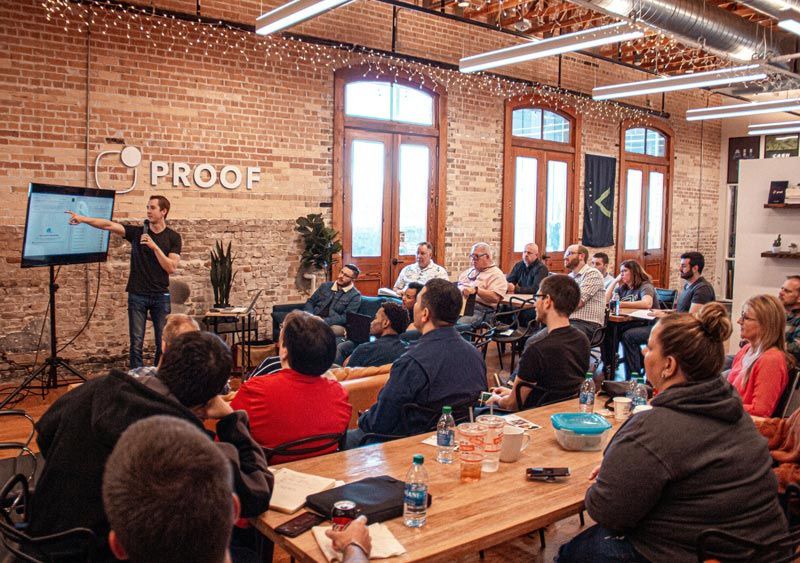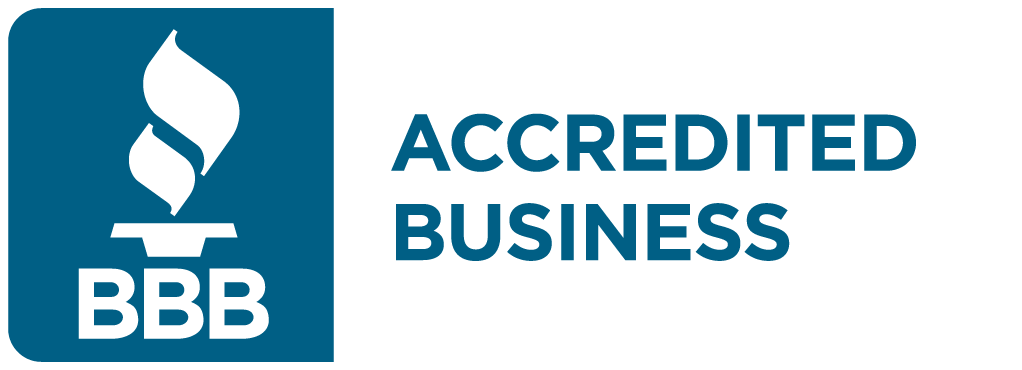What is a 30-60-90-Day Plan for Interviews?
A 30-60-90-day plan benefits executives, VPs, senior managers, and almost anyone when starting heir new job. This planning ensures their efforts are in line with organizational goals and showcasing their dedication to achieving success. These plans guide them through the initial phase of a new job with confidence, establish valuable relationships, and deliver impactful outcomes.
30-60-90-DAY PLAN BENEFITS
- Clarity and Focus: Developing a structured plan helps executives and department leaders clarify their goals, objectives, and priorities for the first three months. It provides a roadmap for their actions so they can remain focused on the most important tasks and initiatives.
- Faster Onboarding: A well-thought-out 30-60-90-day plan benefits executives to onboard more efficiently. It helps them understand the company’s culture, processes, and challenges, allowing them to acclimate more quickly.
- Alignment with Organizational Goals: The plan allows executives to align their efforts with the organization’s broader strategic objectives. By identifying how their role contributes to the overall success of the company, executives can ensure their actions are in line with the company’s mission and vision.
- Building Relationships: The plan can include activities aimed at building relationships with key stakeholders, team members, and colleagues. This can greatly benefit the executive’s effectiveness and influence within the organization in the short- and long-terms.
- Demonstrating Proactivity: Presenting a 30-60-90-day plan during the interview process or within the early stages of a new job showcases a new employee's proactive approach to their role. It demonstrates their willingness to take ownership, set goals, and drive results, which can make a positive impression on everyone in the organization.
- Accountability and Measurement: The plan sets clear objectives and timelines, enabling new hires to track their progress and hold themselves accountable for achieving results. It provides a framework for measuring their performance and impact within the organization, helping to build credibility and trust.
- Adaptability and Flexibility: While a 30-60-90-day plan benefits the new employee in providing a structure to begin their new job, it also allows for adjustments and flexibility to gather more insights and information about the organization. They can modify their plan as needed to address emerging priorities or changing circumstances.
Overall, a 30-60-90-day plan helps new employees hit the ground running, align their efforts with organizational goals, and demonstrate their commitment to success. It helps them navigate the early stages of a new job with confidence, build relationships, and drive meaningful results. Below is a sample plan for a C-suite-level employee, and a 30-60-90-day template further below to get you started.
SAMPLE 30-60-90-DAY PLAN FOR A CHRO (CHIEF HUMAN RESOURCES OFFICER)
30-DAY PLAN:
- Onboarding and Immersion: Spend the first month immersing myself in the organization’s culture, values, and HR processes. Familiarize myself with the company’s structure, policies, and key stakeholders.
- Build Relationships: Connect with key executives, department heads, and HR team members to understand their needs, challenges, and expectations. Schedule one-on-one meetings to establish rapport and gain insights.
- Assess Current HR Practices: Conduct a comprehensive review of existing HR policies, procedures, and systems. Identify areas for improvement, potential risks, and compliance gaps. Review employee engagement and retention data to understand current trends and challenges.
- Establish HR Priorities: Based on initial assessments and discussions, prioritize key areas for attention. Collaborate with the leadership team to align HR goals with the overall organizational strategy.
- Develop an HR Communication Plan: Create a communication strategy to ensure effective dissemination of HR-related information and initiatives. Identify appropriate channels for regular updates, feedback collection, and promoting HR programs.
60-DAY PLAN:
- Strategic Workforce Planning: Analyze future talent needs and skill gaps. Develop a workforce planning strategy that aligns with business objectives. Identify recruitment and talent acquisition strategies to attract top talent.
- Enhance Performance Management: Evaluate the existing performance management system and make recommendations for improvement. Implement a performance review process that encourages continuous feedback and development. Introduce performance metrics aligned with business goals.
- Employee Development and Training: Assess the current training and development programs. Identify skill development needs and design initiatives to foster employee growth. Collaborate with department heads to create individual development plans.
- Employee Engagement Initiatives: Implement employee engagement surveys to gather feedback and identify areas for improvement. Develop initiatives to enhance employee satisfaction, promote a positive work culture, and strengthen employee morale.
- Compliance and Risk Management: Conduct a thorough audit of HR policies and practices to ensure compliance with relevant laws and regulations. Review and update employee handbooks, policies, and procedures. Develop a risk management strategy to mitigate HR-related risks.
90-DAY PLAN:
- HR Analytics and Metrics: Implement HR data analytics tools to track and measure key HR metrics such as employee turnover, engagement, and performance. Use data-driven insights to inform decision-making and identify areas for improvement.
- Diversity and Inclusion: Develop a comprehensive diversity and inclusion strategy to foster a diverse and inclusive work environment. Implement initiatives to attract, retain, and promote diverse talent. Establish metrics to track progress.
- HR Technology Optimization: Evaluate existing HR technology systems and identify opportunities for optimization or implementation of new tools. Streamline HR processes through automation and digitization to improve efficiency.
- Succession Planning: Collaborate with the executive team to develop a robust succession planning program. Identify high-potential employees and create career development plans to ensure a talent pipeline for critical roles.
- HR Branding and Employer Value Proposition: Enhance the organization’s HR branding and employer value proposition. Develop an employer branding strategy to attract top talent and position the company as an employer of choice.
NOTE: This is just a template. The specifics of the plan would depend on the organization, its goals, and your discussions with key stakeholders.
TEMPLATE FOR 30-60-90-DAY PLAN FOR EXECUTIVES
30-DAY PLAN:
- Goal One:
- Description of the goal and its relevance to the organization and HR function.
- Key activities and tasks to accomplish the goal.
- Timeline and deadlines for completion.
- Stakeholders involved and communication strategies.
- Goal Two:
- Description of the goal and its importance for HR and organizational success.
- Action steps and initiatives required to achieve the goal.
- Milestones and metrics to measure progress.
- Collaboration and coordination efforts with relevant departments.
- Goal Three:
- Explanation of the goal’s significance and alignment with overall HR strategy.
- Strategies and tactics to accomplish the goal within the first 30 days.
- Resources, tools, or training needed to support goal attainment.
- Evaluation methods to assess the effectiveness of the initiatives.
60-DAY PLAN:
- Goal One:
- Continuation or advancement of the 30-day goal.
- Further actions and initiatives to drive progress and achieve desired outcomes.
- Adjustments or refinements based on insights gained during the initial phase.
- Key performance indicators (KPIs) to monitor and evaluate progress.
- Goal Two:
- Extension or expansion of the 30-day goal.
- New activities or projects to accelerate goal achievement.
- Collaboration with relevant stakeholders to drive implementation.
- Success metrics and evaluation methods to track results.
- Goal Three:
- Continuation or enhancement of the 30-day goal.
- Strategies to further develop and refine the initiatives.
- Engagement with HR team members and other departments for seamless execution.
- Feedback mechanisms to gather input and adjust as needed.
90-DAY PLAN:
- Goal One:
- Final stage of the 30-60-90-day goal progression.
- Finalize and consolidate efforts toward achieving the goal.
- Evaluate outcomes and make necessary adjustments for long-term sustainability.
- Communication plans to share achievements with stakeholders.
- Goal Two:
- Final steps to accomplish the 60-day goal.
- Assess the overall impact and benefits of the initiatives.
- Gather feedback from stakeholders for continuous improvement.
- Preparation for the transition to long-term strategies or ongoing projects.
- Goal Three:
- Finalize and conclude the 90-day goal.
- Summarize the outcomes and lessons learned.
- Document best practices and recommendations for future endeavors.
- Present a comprehensive report on achievements, challenges, and future steps.
NOTE: This 30-60-90-day plan template is just a starting point. You should customize it based on your specific role, organization, and goals.
Reach out to Endeavor Agency on our Contact page and discover how we help executives, VPs, senior managers, and professionals advance their careers with our people, expertise, and resources.
About Endeavor Agency
Endeavor Agency is the nation’s leading company helping individual executives, VPs, senior managers, professionals, and physicians find the jobs they truly want. Our additional resources, expertise, and career change specialists help our clients uncover more and better job opportunities than what they could access on their own.
Endeavor Agency helps rebrand clients to effectively communicate their value throughout the interview process and increase their odds dramatically of winning offers. Additionally, Endeavor Agency helps clients achieve better results in negotiating the terms of their employment agreements.
Endeavor Agency also provides executive coaching, outplacement services, and business consulting services. Endeavor can also help guide executives focused on the private equity and venture capital market segments.











